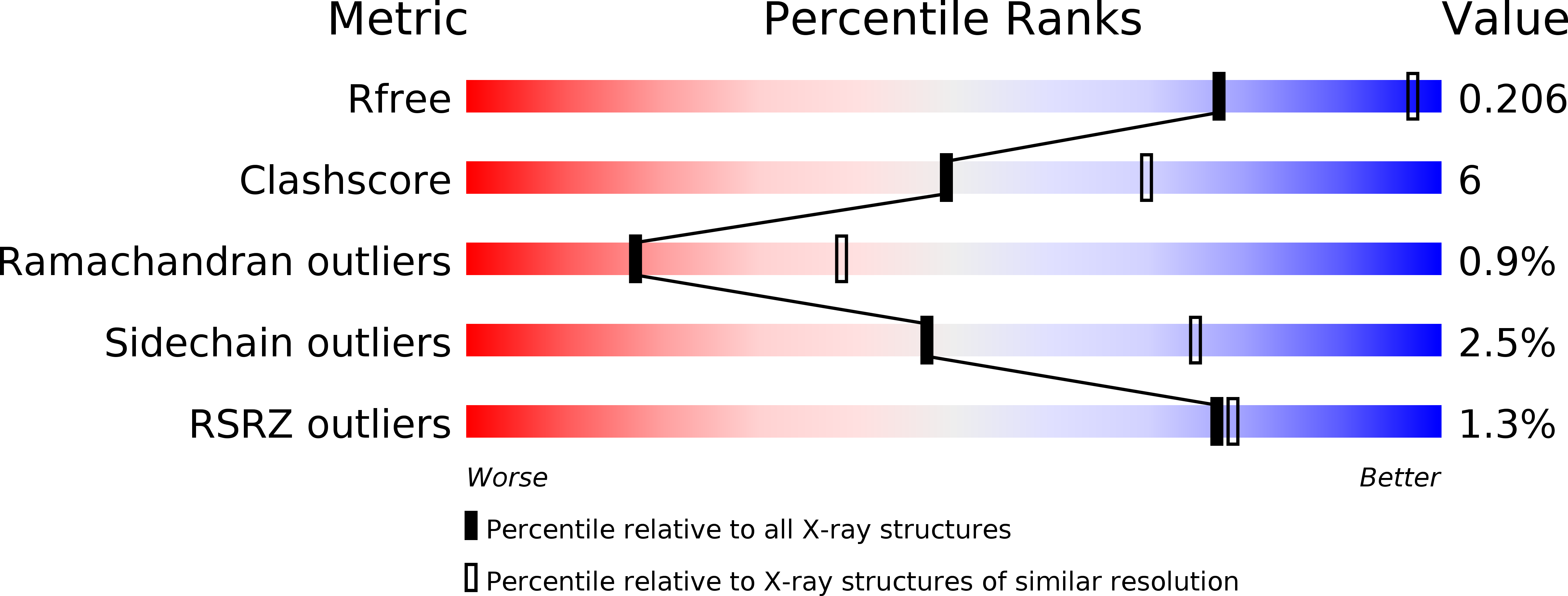
Deposition Date
2012-11-15
Release Date
2013-02-20
Last Version Date
2024-11-06
Entry Detail
Biological Source:
Source Organism:
SULFOLOBUS SOLFATARICUS (Taxon ID: 2287)
Host Organism:
Method Details:
Experimental Method:
Resolution:
2.72 Å
R-Value Free:
0.21
R-Value Work:
0.20
R-Value Observed:
0.20
Space Group:
C 1 2 1


